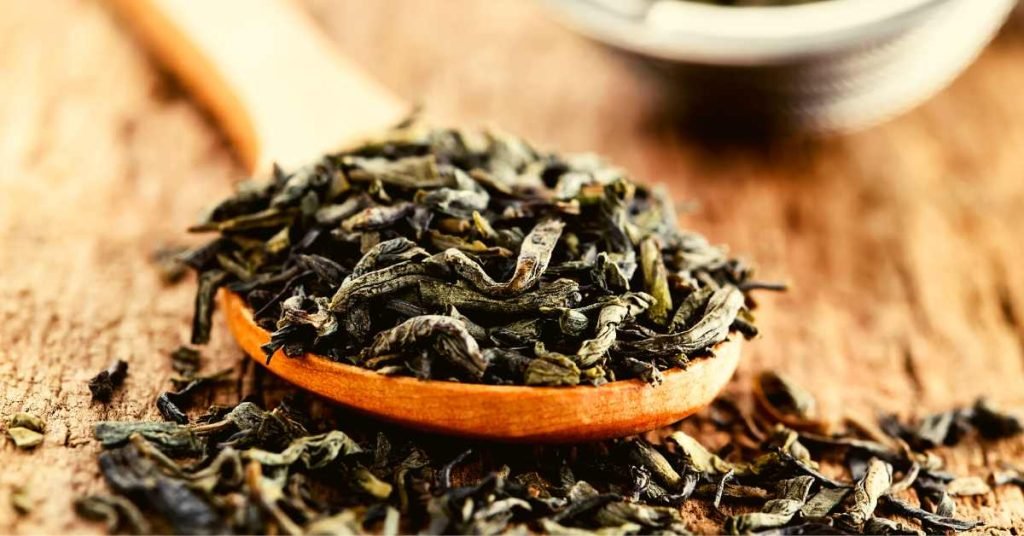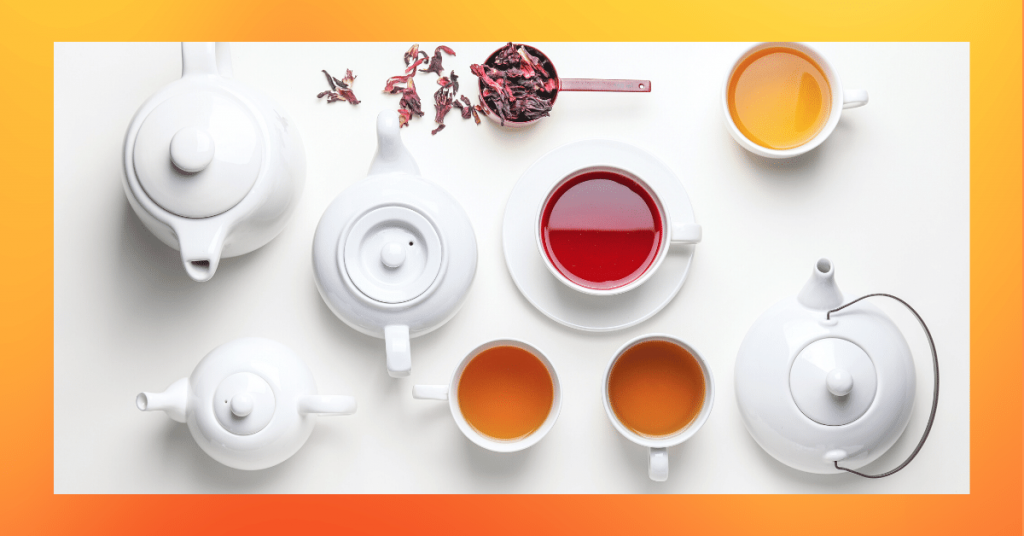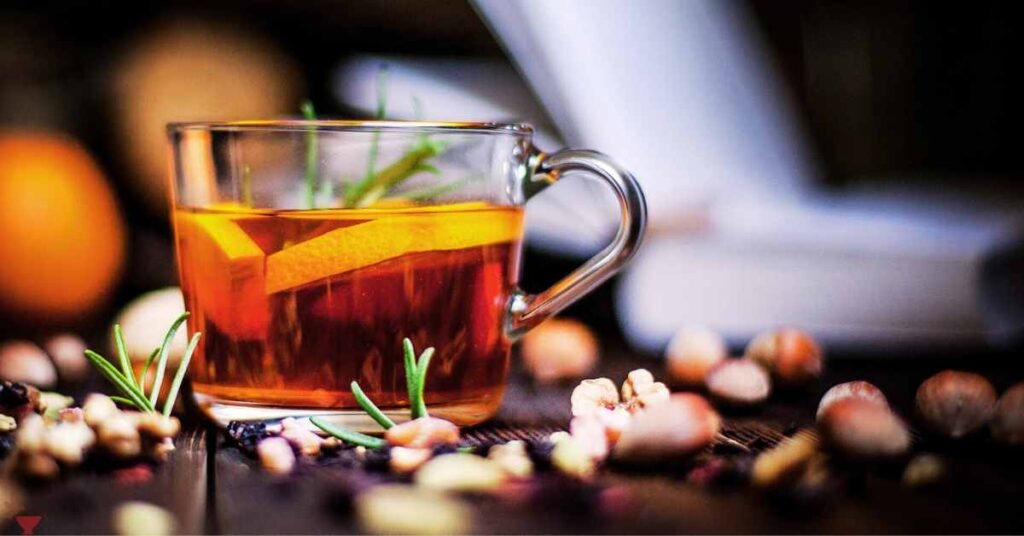Green tea is an ideal beverage to drink throughout the day since it is light and does not contain as much caffeine as black tea. Although the two teas come from the mother tea plant (Camellia sinensis) they are processed differently.
Beijing researchers have shown that green tea intake reduces bad cholesterol. The study concludes that drinking green tea reduces body fats thanks to a chemical called “catechin”, which limits cholesterol absorption in the intestines.
Even so, green tea is not miraculous, and to reduce bad cholesterol there are many factors that have to be taken into account: eating a balanced and varied diet, not abusing fats and refined products, eliminating animal products considerably, and drinking water.
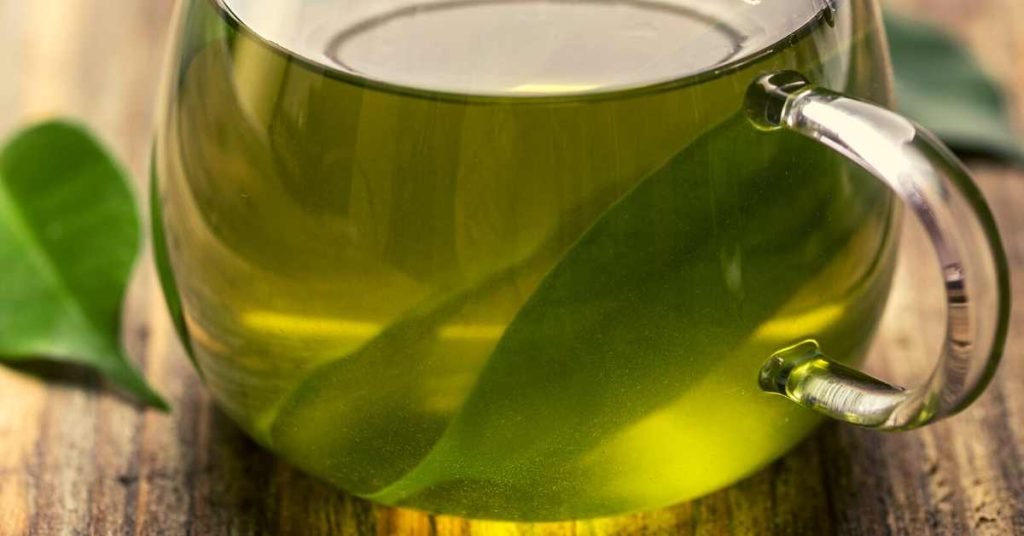
But green tea has many other properties. The leaves of this tea contain mineral salts (selenium, calcium, magnesium, chromium, manganese, iron, zinc, phosphorus, potassium, aluminum, and fluorine), vitamins (A, C, E, and B2), and alkaloids (stimulants) such as caffeine, theophylline, and theobromine, among many others.
Green tea leaves are stabilized by exposure to steam and then dried at high temperatures. Stabilization of green tea allows it to retain properties such as antioxidants. All teas contain caffeine, the rest we will call infusions.
Decaffeinated teas are not very suitable because they have undergone processes that very often affect the taste and aroma of the product.
Types of Green Tea
There are many types of green tea, but we want to highlight the main groups:
- Bancha: usually it is the tea that is extracted from the fat and mature leaf of the mother plant. Very often we can find it mixed with the stems of the leaves.
- Sencha: it is the most common Japanese tea. The range of this type of tea is very wide and is very similar to a Bancha or a Gyokuro.
- Karigane: is the tea extracted from the smallest and youngest leaf. Leaves from the first harvests are usually used. It is the one that best preserves the aroma and taste. It is the caviar of green tea.
- Hojicha: it is the tea that is formed from the trunks of the plant. It has very little caffeine, therefore it is ideal for children.
Within these varieties of tea, there are different qualities depending on the different manufacturing processes. The more labor-intensive the brewing process, the higher the quality of the tea and, therefore, the more aromatic and tasty it will be.
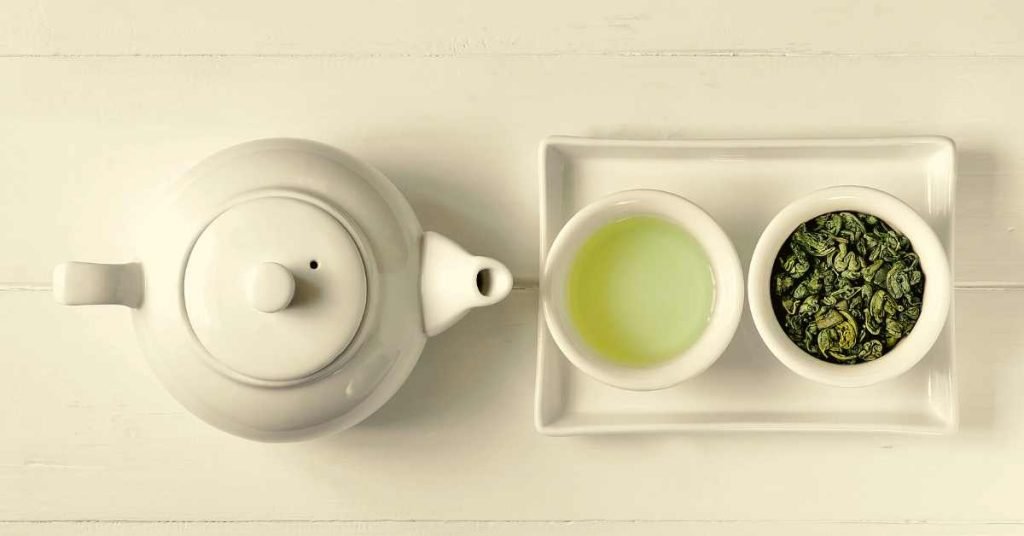
The less time that has passed from brewing to preparation, the higher the quality, aroma, and taste. A poorly preserved tea loses its properties quickly and usually teas that have been brewed for more than five years have already lost much of their qualities.
Preparation of Green Tea
Its effectiveness will also depend on how we prepare it:
- We will use one and a half tablespoons of green tea for two cups. The tea should be natural and of good quality. If it is organic and with the denomination of origin, it is better.
- Boil the water at a temperature between 50 and 90 degrees and turn off the fire. The water must be mineral, never tap water.
- Put the tea in a container and add the hot water.
- Having left very little time in infusion, we will be able to use the tea a second time.
- It is important to avoid sweetening tea since sugar can deprive us of some of its properties.
Medical Disclaimer
Itsnevernotteatime.com cannot and does not contain medical/health advice. The medical/health information is provided for general and educational purposes only and is not a substitute for professional advice.
Statements made on this website regarding the herbal and natural products offered on this website have not been evaluated by the food and drug administration as the FDA does not evaluate or test herbs. This information has not been evaluated by the US Food and Drug Administration, nor has it gone through the rigorous double-blind studies required before a particular product can be deemed truly beneficial or potentially dangerous and prescribed in the treatment of any condition or disease.
It is not meant to substitute for medical advice or diagnosis provided by your physician or other medical professionals. Do not use this information to diagnose, treat or cure any illness or health condition.
Accordingly, before taking any actions based upon such information, we encourage you to consult with the appropriate professionals. We do not provide any kind of medical/health advice. The use or reliance of any information contained on this site is solely at your own risk.
Please visit this FDA website to clear any confusions you have about food and dietary products and their ingredients:
Please visit this FDA website to clear any confusions you have about food and dietary products and their ingredients: https://www.fda.gov/Food/DietarySupplements/default.htm
MEDICAL DISCLAIMER
Itsnevernotteatime.com cannot and does not contain medical/health advice. The medical/health information is provided for general and educational purposes only and is not a substitute for professional advice.
